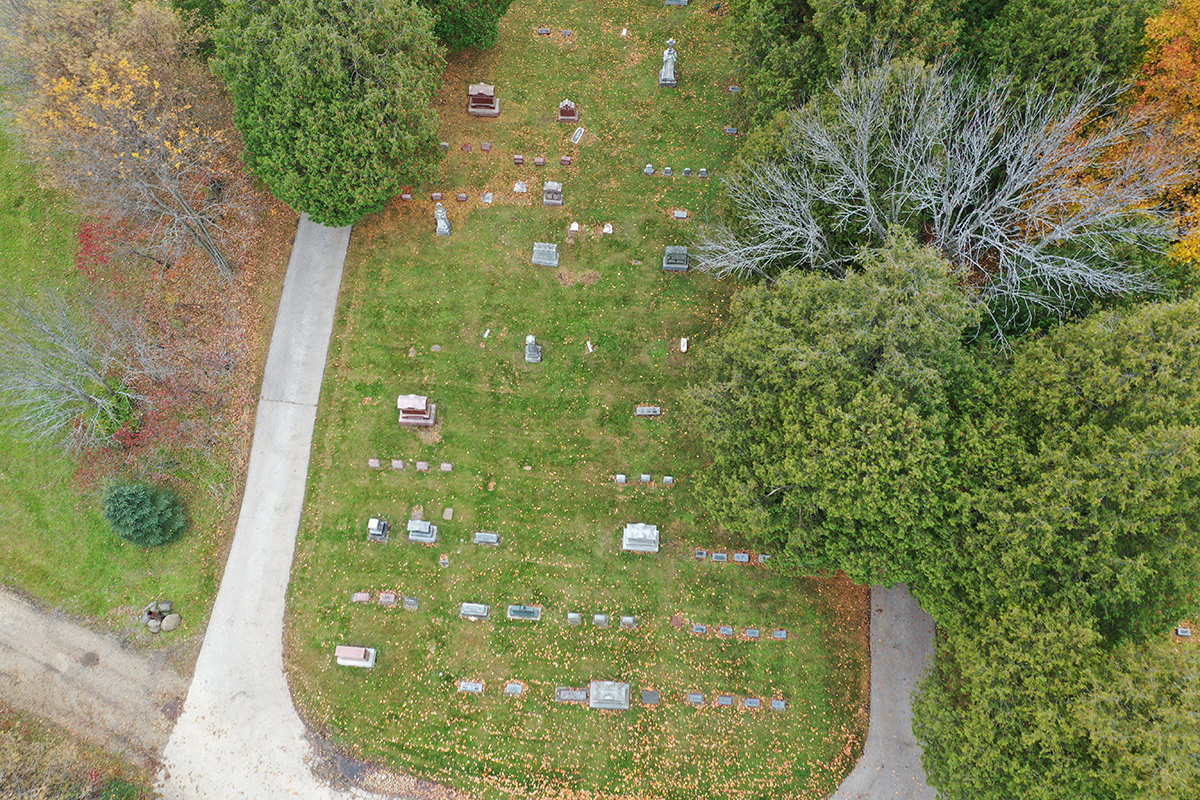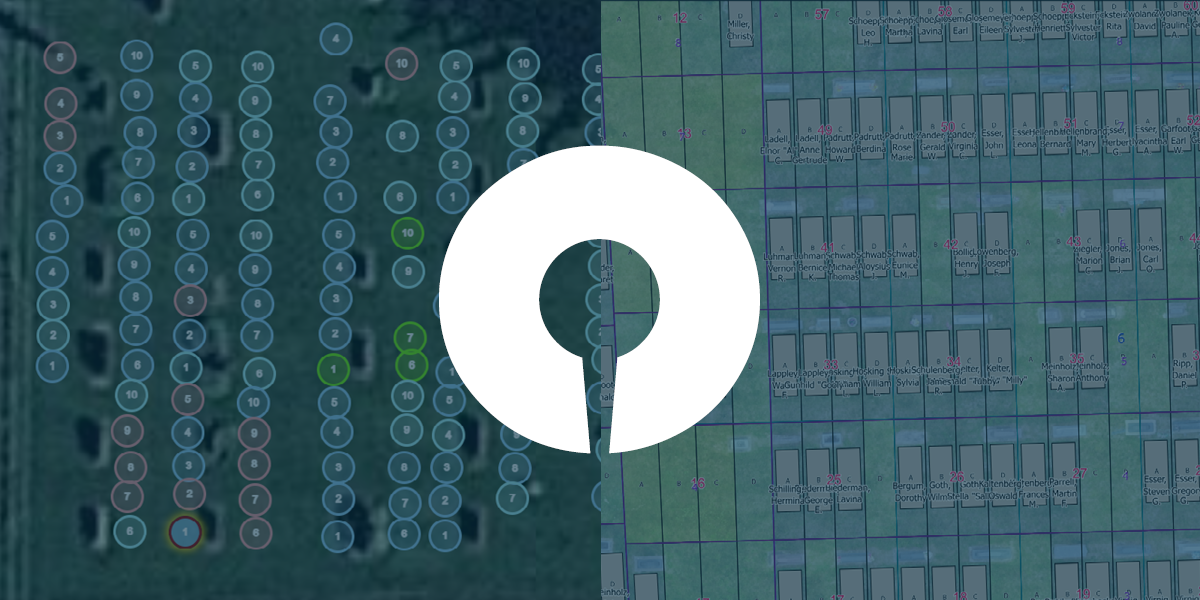Drone Mapping: Maximizing Accuracy for Efficient Cemetery Management
-1.png)
For centuries, cemeteries have relied on traditional bookkeeping methods and manual record-keeping to manage burial plots, store information, and address the needs of families. In recent years, thanks to technological advancements and the rise of digital platforms, the cemetery service industry has undergone a remarkable transformation.
Recognizing the limitations of traditional cemetery management practices, countless cemeteries have now embraced new digital solutions and mapping technologies, like CIMS, to revolutionize their data storage. Drone mapping, one of these new and impressive developments, has opened up a world of possibilities for cemetery management, providing comprehensive visual data that was previously unattainable.
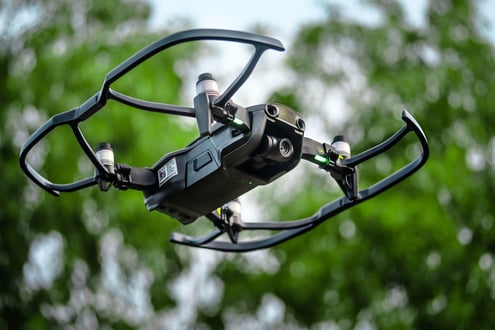
What is drone mapping?
Drone mapping is a huge asset when it comes to efficient cemetery management. This technology has been instrumental in allowing administrators to build precise digital maps that allow cemeteries to navigate burial plots, track available spaces, manage maintenance tasks, and more. It involves using a drone to follow a predetermined flight path over designated areas, capturing thousands of high-resolution images at regular intervals.
After the drone flight is complete, these images are stitched together with specialized software, creating a seamless aerial map of the cemetery. The resulting map is analyzed and processed to identify burial plots, paths, buildings, landscape markers, and other prominent features within the cemetery.
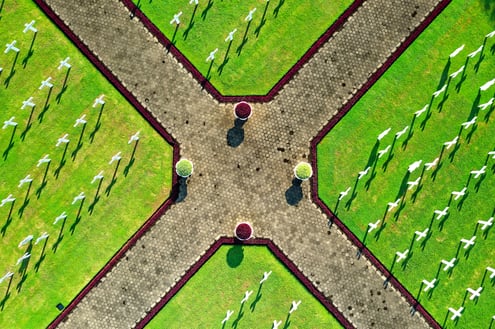
How is drone mapping useful for cemeteries?
By capturing detailed imagery to generate accurate maps, drone photography can provide cemetery managers with unprecedented insights into the layout, conditions, and availability of burial spaces. When stored in digital databases like CIMS, this information makes it easier to enter, store, and retrieve data all in one place, all with the simple click of a button.
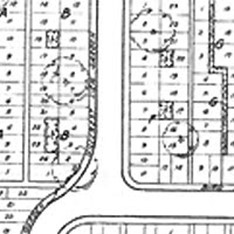
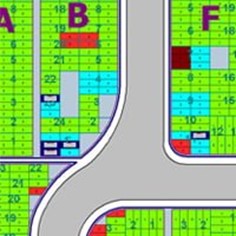
Before and after CIMS mapping: Uvalde, Texas
What makes CIMS a leader in drone imagery?
Recognizing the limitations of existing surveying methods, CIMS implemented a proactive approach to ensure our drone-generated maps are precise and spatially accurate to eliminate potential errors that might impact cemetery operations.
Backed by Ramaker, a robust full-service architecture and engineering firm, CIMS offers a unique advantage with our technological capabilities and cutting-edge solutions. CIMS goes beyond the drone photography standard by integrating specialized surveying equipment and techniques.
When most companies use drone imagery, they don’t make use of spatially accurate ground control points (GCPs), reference points within the area that help correctly align the aerial images. By using GCPs, CIMS offers accuracy within an inch, compared to the standard 5–10-foot margin of error. While this might not seem like much, it can pose significant challenges for cemeteries, such as misidentification of burial plots and ineffective space management.


CIMS drone images before (L) and after (R) using ground control points.
The growing integration of drone photography and accurate mapping techniques has propelled cemetery management practices into a new era of efficiency, accuracy, and ease. CIMS Cemetery Software has solidified itself as an industry leader thanks to its uniquely advanced surveying technology and software. With our commitment to excellence, CIMS can offer cemetery managers the reassurance that all their data is reliable, safe, and precise.
Ready to start mapping your cemetery? Request pricing for your cemetery or schedule a virtual demo with a CIMS expert!

